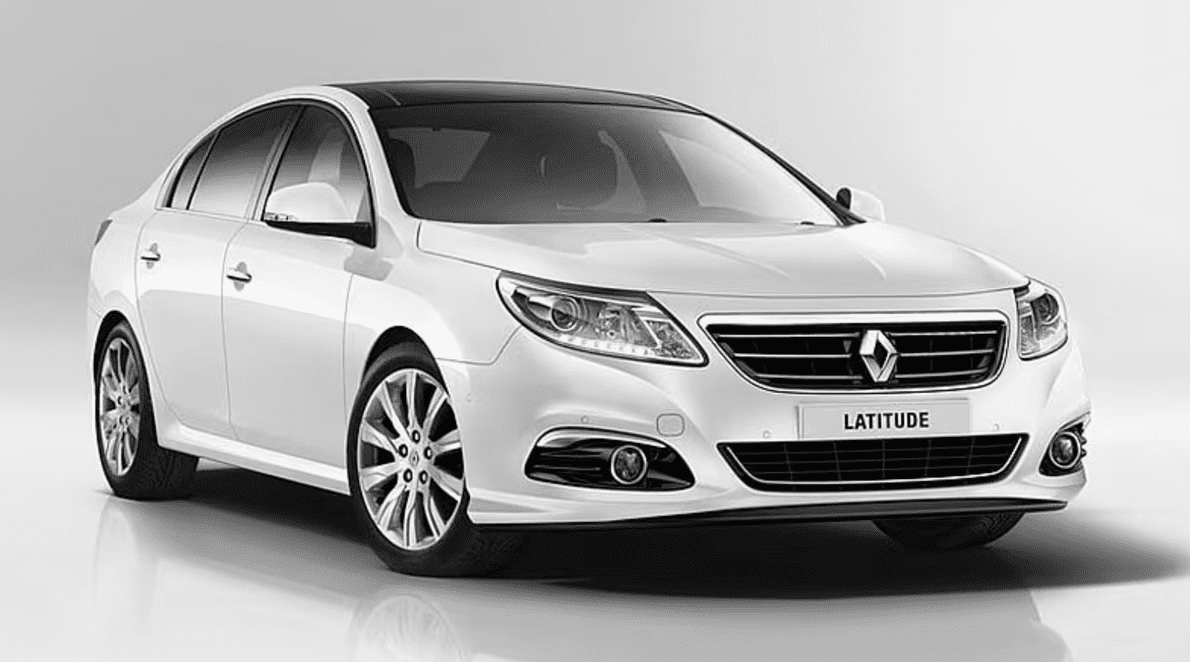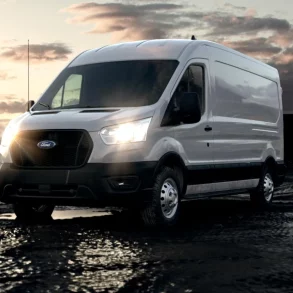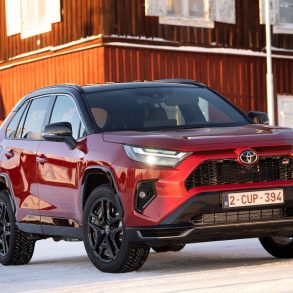Renault Latitude
The Renault Latitude was introduced in 2010 in a handful of European countries as a replacement to the Renault Vel Satis. The Latitude and the Renault Laguna were both replaced by the Renault Talisman at the end of 2015/early 2016.
Renault Latitude Overview
The Renault Latitude is a large family/executive car that was introduced by the French automaker Renault in the 2010s. It was developed as part of Renault’s collaboration with Samsung Motors, a South Korean automaker, and is closely related to the Samsung SM5. The Renault Latitude was unveiled at the 2010 Moscow International Automobile Salon and was aimed primarily at markets outside Western Europe, such as Russia, Asia, Mexico, and Australia. In Western Europe, the Latitude supplemented Renault’s large car offering, alongside the Laguna.
The Latitude was based on the third-generation platform of the Nissan Teana, which was also shared with the aforementioned Samsung SM5. Its design was more conservative and traditional, in line with the preferences of the markets it primarily targeted. The Latitude was offered with a range of gasoline and diesel engines. The lineup included four-cylinder and V6 options, with some diesel models equipped with Renault’s dCi technology, which is known for its efficiency and torque delivery.
Renault Latitude Sales Figures
The Latitude had a relatively short production run and was eventually succeeded by the Renault Talisman in 2015 for the European market. In some markets, it was phased out even earlier. The Renault Latitude was an attempt by Renault to offer a more traditionally styled executive sedan for markets where such a design was preferred. It provided a comfortable and feature-rich option for buyers in its segment, but its impact was somewhat limited by strong competition and its relatively short production life.









